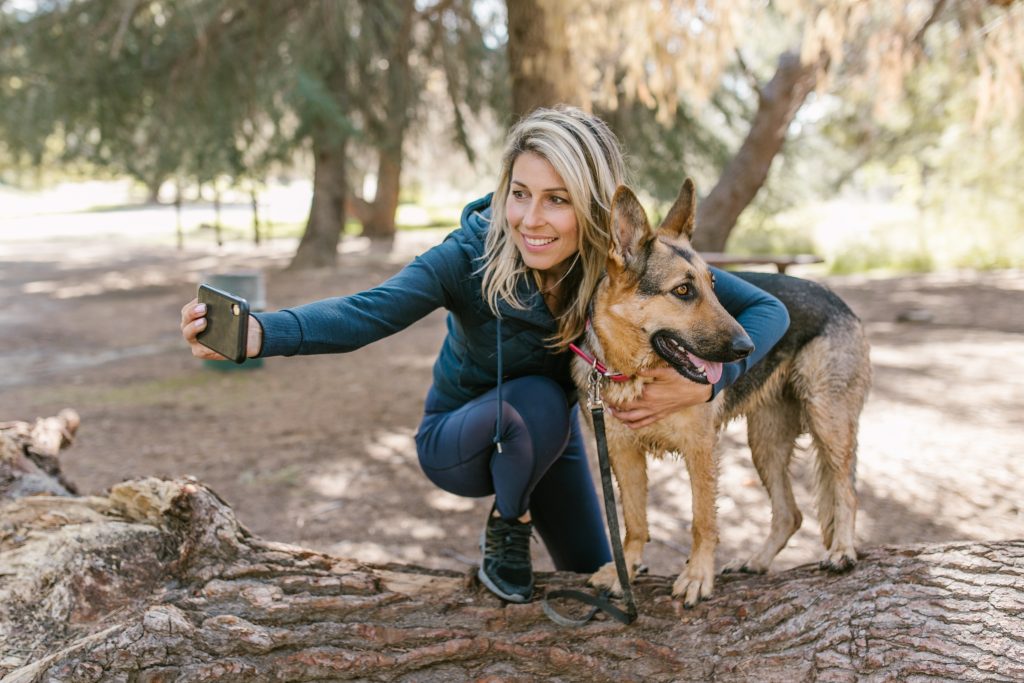Greetings from the realm of cat art! Drawing cats may be a productive and enjoyable method to express your creativity, regardless of your level of skill. It might be difficult to capture the distinct individuality and charm of these adored creatures, but with the correct methods and practice, you can produce purr-fect cat portraits that will astound and fascinate. We’ll cover drawing advice in this article, including how to capture cats’ expressive gaze, amusing postures, and fluffy fur. So grab some pencils, and let’s begin your path to mastering the art of sketching cats!
Tools and Materials
Any artist can find drawing cats to be enjoyable and satisfying. A few necessary tools and materials are required before you can begin.
1. Pencils: To sketch and outline your cat pictures, you’ll need a set of high-quality pencils. To generate a variety of values and textures, you’ll need a variety of pencils with varied degrees of hardness, from 2H to 6B.
2. Eraser: A high-quality eraser is essential for fixing errors and altering your drawings.
3. Paper: To make your cat drawings, you’ll need decent quality paper. Think about using hefty paper or a drawing pad made especially for pencil work.
4- Reference pictures: Having access to excellent cat reference pictures can be quite beneficial for producing accurate and realistic drawings.
5- Blending tools: You can use blending tools like a blending stump or tortillon to blend your pencil lines and create seamless shading.
6-Sharpener: Maintaining the sharpness of your pencils will let you sketch cats with precise and clean lines. Consider purchasing a set of sharpening tools or a high-quality pencil sharpener.
Colored pencils are a terrific tool to have in your toolbox if you want to add color to your drawings of cats.
Cat Anatomy

Understanding cats‘ basic anatomy is essential to drawing them realistically. An oval-shaped body, smaller circles for the head and limbs, and elongated shapes for the tail and ears are among the fundamental characteristics that make up a cat’s body.
Cats‘ eyes are among their most distinguishing characteristics. They have a vertical pupil slit and are big and almond-shaped. To capture a cat’s individuality and expression, you must capture the shape and location of their eyes.
Additionally, cats have acute, sharp ears that are quite mobile and can swivel and pivot to pick up noises from all angles. Cats’ moods and levels of attentiveness can be inferred from the position and shape of their ears.
Cats can also stretch and twist into different positions thanks to their long, slender bodies and flexible spines. To depict their grace and agility, it is essential to capture their fluid motions and body language.
Study cat anatomy and pay attention to individual breed characteristics before beginning any drawings to depict the distinctive aspects of cats. Study examples and practice drawing the fundamental forms of their body and features. Try different shading and highlighting techniques to give your drawings depth and texture.
You can catch the spirit of these adored animals and produce stunning, lifelike cat drawings with experience and attention to detail.
Drawing Fluffy Fur

It can be difficult to capture the delicate, fluffy texture of cat fur in a drawing, but with the appropriate methods, you can produce a realistic and lifelike image of your feline subject. Here are some suggestions to help you sketch cat fur with its silky, fluffy texture:
1- Before you begin drawing, study reference pictures of cats to get a sense of the textures and patterns in their fur. Examine the fur’s pattern, the orientation of the hairs, and how the light reflects off it closely.
2-Create layers by beginning with a light base layer in pencil. The layers should then be gradually added to give the image depth and substance. Make short, swift strokes to resemble the fur’s texture.
3- Use a blending tool: To give the pencil strokes a smooth and delicate appearance, blend them together with a blending tool like a tortillon or blending stump.
4- Pay close attention to how light and shadow interact with the fur; this will help you create a realistic-looking texture. To add depth and dimension, use the highlights and shadows.
5- Play around with various tools: To add varied textures and effects to your drawing, experiment with different tools like a brush or a kneaded eraser.
Adding Details and Finishing Touches
It’s time to add the finishing touches and features that will give your cat drawing a lifelike appearance once you’ve drawn out the basic outline. In order to add those extra nuances and finishing touches, consider the following advice:
1. Study real cats by viewing them in person or by looking at reference pictures to learn about their characteristics. You can make your drawing more realistic by doing this.
2. Pay close attention to the eyes: One of a cat’s most distinguishing characteristics, the eyes deserve additional attention. To add depth and dimension, add highlights and shadows.
3. Use shading: Shading can give your drawing more depth and dimension. Keep an eye on the direction of the light source and apply different amounts of pressure to your pencils to produce various hues.
4. Add texture. Cats‘ fur has distinctive textures, therefore attempt to depict them in your picture. To achieve the texture of fur, apply light, swift strokes.
5- Pay attention to proportions: Make sure your cat’s body and features are in proportion. Take a step back and look at your drawing from a distance to check for any distortions.
6- Experiment with different pencils: Try different pencils with varying degrees of hardness to create a range of values and textures.
7- Don’t forget the background: Adding a background can give context and depth to your drawing. Experiment with different colors and textures to find the best background for your cat.
By using these tips, you can add the details and finishing touches that will take your cat drawing from good to great. Remember to take your time and have fun with the process!
Any artist can enjoy and benefit from drawing cats, but having the correct equipment and supplies is crucial. You may make stunning and lifelike cat drawings by using pencils, erasers, paper, reference photos, blending tools, sharpeners, and colored pencils. Consider elements like the eyes, shading, texture, proportions, and backdrop when adding the finishing touches to your drawing. You may hone your skills and produce magnificent cat drawings that perfectly portray the beauty and grace of these cherished creatures by practicing and experimenting with various techniques. Therefore, pick up some pencils and get illustrating—the options are unlimited!


